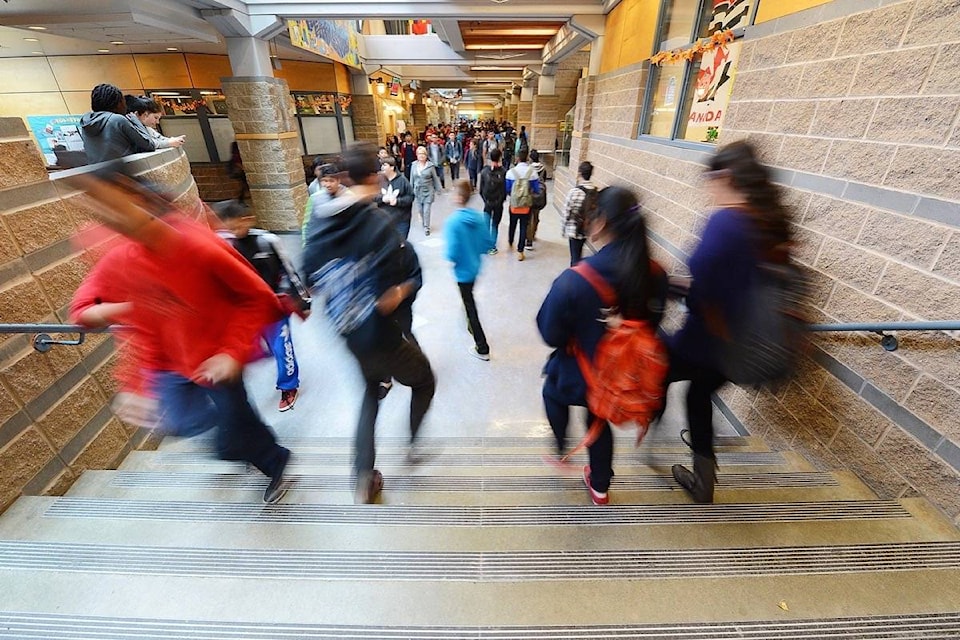School District 69 (Qualicum) is looking to define exactly when physically restraining and/or secluding a student is permissible.
At the school board’s Sept. 25 meeting, trustees passed first reading for the new Physical Restraint and Seclusion Policy.
The policy emphasizes that “schools do not support any form of physical restraint or seclusion as an ongoing means of intervention.
“Any intervention that involves physical restraint or seclusion may only be used in cases of extreme emergency where the physical actions of the student threaten to cause harm to self or others.”
This new policy now under review by trustees was created at the direction of the Ministry of Education (MOE), which has required that districts develop local policies and procedures reflecting guidelines provided by the MOE, said superintendent Rollie Koop in an email.
The provincial guidelines were derived from a position summary from the Council for Children with Behaviour Disorders, and were developed with guidance from representatives of a variety of organizations, including the Family Support Institute of BC, the BC School Trustees Association and the BC Association of School Psychologists, Koop said.
The proposed policy includes guiding principles, definitions, and procedures for reporting incidents where physical restraint or seclusion has been used.
The policy notes that providing a “physical escort,” like holding or temporary touching a student’s hand, arm or back “for the purposes of accompanying and inducing a student who is acting out to walk to a safe location, does not constitute physical restraint.”
Nor does providing physical guidance when teaching a skill, redirecting attention or providing comfort count as physical restraint, according to the policy.
The term “seclusion” also doesn’t apply for behaviour strategies like time-outs, or if a student requests to be in a secluded space.
